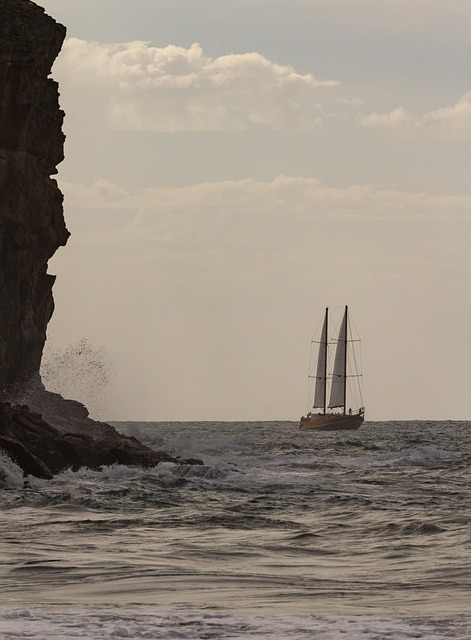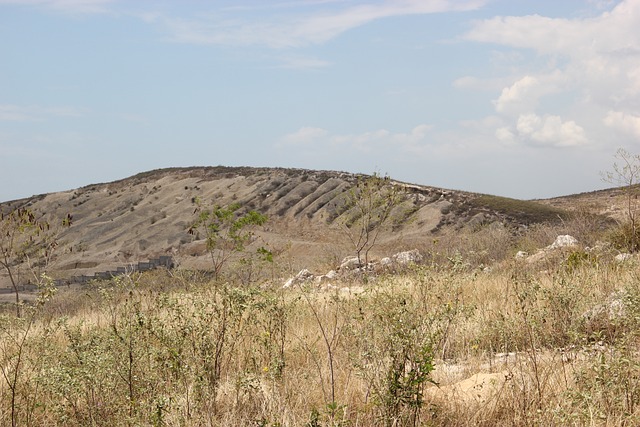
Publicado dia 02/05/2025
fotos de bicho de pe 😁 Confronting the Unseen: The Myth and Reality of Bicho de Pé Photography

fotos de bicho de pe, 02/05/2025
Olá, pessoal! Hoje vamos falar sobre fotos de bicho de pe, além de aprofundar os conhecimentos sobre fotos de bicho de pe. Espero que gostem do conteúdo!
In the realm of Brazilian folklore and urban legend, few creatures evoke the same sort of visceral reaction as the infamous bicho de pé. Often shrouded in mystery and dread, this tiny parasite finds itself at the center of both fascination and aversion. As the resurgence of bicho de pé photography graces social media feeds and news outlets, it compels us to delve deeper into the implications of such images—both as a window into the microscopic world and an invitation for introspection about our relationship with nature.
Typically depicted as a minute insect clinging to the skin, the bicho de pé, or the chigoe flea, takes on an almost mythological status in the eyes of many. While the idea of these diminutive creatures burrowing under one's skin might provoke shudders, the photographs that capture their existence can be both captivating and disturbing. They invite the viewer to challenge their perception of beauty, fear, and vulnerability, essentially blurring the lines between the disgusting and the fascinating. fotos de bicho de pe

Unquestionably, imagery plays a compelling role in shaping our understanding of this cryptic organism. High-resolution close-ups reveal the bicho de pé’s anatomy—its small size yet perplexing complexity, the elasticity of its exoskeleton, and the stark contrast of its light color against human skin. This artistic portrayal grants visibility to a creature that usually operates in secrecy, lurking just beneath the surface. Such photographs may repulse some, provoke curiosity in others, and yet others may see them as a reminder of life’s fragility and the unseen battles fought within our own bodies.
This contemporary wave of bicho de pé photography sharpens our focus on broader themes of public health and environmental awareness. Historically, the presence of this parasite has been symbolic of socio-economic challenges, as impoverished communities are disproportionately affected. Limited access to healthcare often leads to an underappreciation of such parasitic threats, embedding the issue within a cycle of neglect rather than one of actionable change. For many, the fantastical images that circulation on social media act both as an awakening and a call to action—an assertion that these microcosmic troubles merit greater attention.
Através da análise de fotos de bicho de pe, podemos entender melhor o contexto desse fenômeno.
Moreover, these provocative images can transcend their initial shock value. They serve as a critical breaking point for discussions surrounding personal hygiene, stigma, and health education. The exhibitionistic nature of highlighting what many would prefer to ignore invites conversations that can dismantle the stigma often associated with an infestation. These discussions can be pivotal in rallying communities toward preventative measures, revealing how education and awareness can serve not only as armor against the bicho de pé but as machinery for broader public health endeavors.
Yet, the ethical dimension of bicho de pé photography cannot be ignored. It raises troubling questions about consent and the representation of vulnerability. Should a photograph capture someone suffering the physical manifestations of this parasite, it is essential to navigate the fine line between raising awareness and exploiting suffering for visual allure. The act of immortalizing pain or discomfort, even when infused with the noble aim of education, invites heavy scrutiny. From this perspective, every image carries the weight of responsibility, demanding that the photographer strikes a balance between making an important point and respecting the dignity of individuals affected.
As we traverse the landscape of this peculiar yet engaging topic, one must also consider the underlying cultural narratives surrounding the bicho de pé. Identified variably in urban myths and rural tales, its presence is often steeped in fear and stigma. Yet within the artistic realm, these stories can be re-evaluated, transformed from a harbinger of misfortune into a symbol of resilience. By challenging the narrative and framing bicho de pé within the broader context of nature versus human existence, the conversation can shift towards one of coexistence rather than aversion.
With the advent of digital technology and the proliferation of social media, bicho de pé photography becomes not only a statement of reality but also a dialogue across boundaries. The vigor of those shocked images permeates the digital space, demanding that we confront not just the existence of parasites but our collective responsibility in addressing the socio-economic factors that allow them to thrive. fotos de bicho de pe

Whether it ignites fear, curiosity, or a call to action, the power of a single image can transform silent suffering into a narrative that calls for change. In the end, the photographs do not merely show us the bicho de pé; they invite us to observe ourselves, our perceptions, and the world that cradles these inconspicuous yet impactful inhabitants. Thus, the tale of bicho de pé transcends its biological definition, beckoning us to understand and appreciate the intricate, often uncomfortable, web of existence that binds us all.fotos de bicho de pe
O compartilhamento sobre fotos de bicho de pe e fotos de bicho de pe chega ao fim, esperamos que tenha sido inspirador para você!